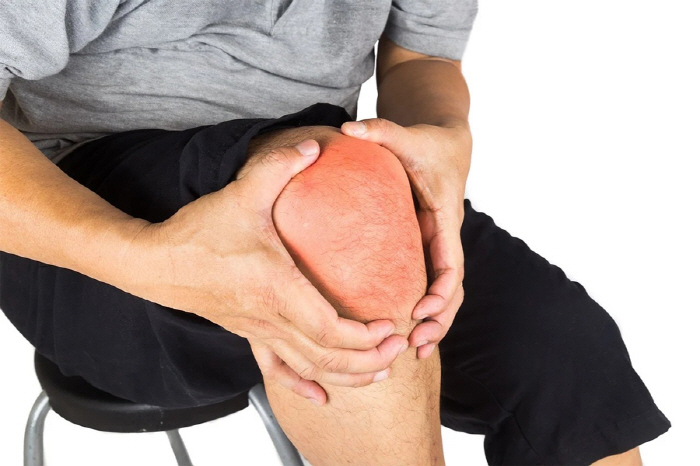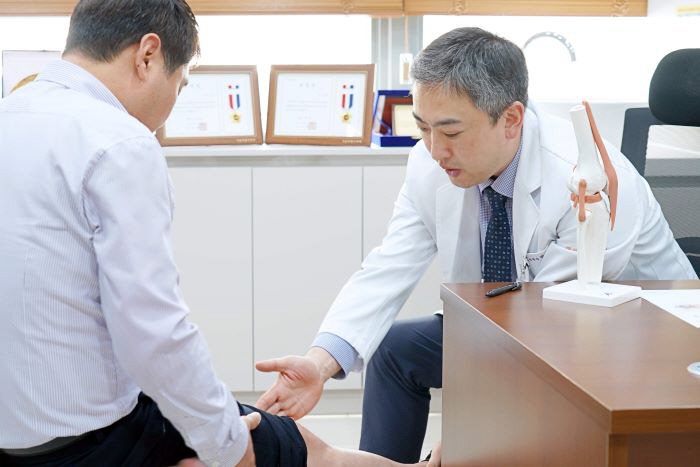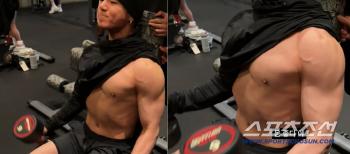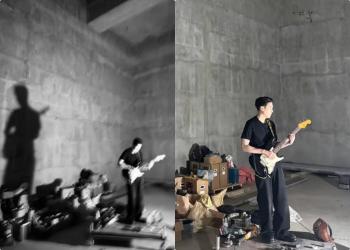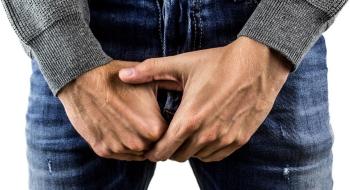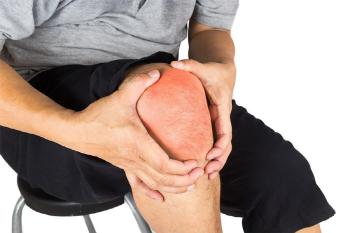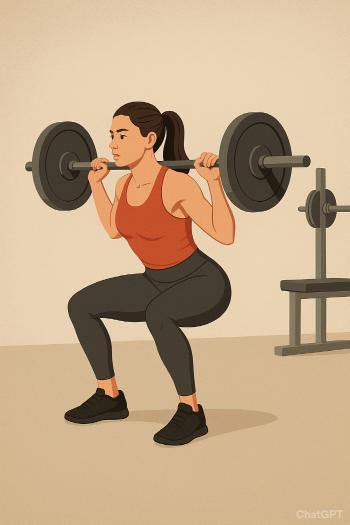Five warning signs for artificial joint reoperation...If you want to use it for a long time?
Sep 27, 2025
|
Artificial joint surgery is an operation to reduce pain and restore movement by removing cartilage and bones damaged by arthritis and replacing them with special metals and prosthetics made by artificial. Pain and discomfort for a certain period of time after surgery are part of the natural recovery process. Usually, the pain is most severe for two to three weeks immediately after surgery, it decreases noticeably from around six weeks, and in about three months, it becomes possible to operate daily, and the joint recovers to the most natural and stable feeling between six months and a year. During this period, pain and function are controlled and adjusted through painkillers, cold and hot packs, injections if necessary, and physical and rehabilitation treatments (CPM, strength, flexibility recovery exercises, and walking training).
Conversely, pain that appears new or worsens after the recovery period may be a warning sign. In particular, ▲ Pain that continues even during severe pain and rest every night ▲ Relaxation of knee shaking and walking ▲ Feeling that the knee does not bend or stretch well ▲ Decreasing the range of motion ▲ Swelling, fever, and redness of the surgical site again ▲ Leg-shaped re-formation (O-shape, X-shape) are the five representative signals.
Kwon Oh-ryong, director of Yonsei Star Hospital (Orthopedic Surgeon), stressed that it is important not to delay 'Let's watch more' if the knee shakes or swells after artificial joint surgery and the pain intensifies at night.
However, not all of them undergo reoperation just because they have these symptoms. Reoperation is recommended in situations where the cause is clearly identified in objective tests such as ▲ if the infection is confirmed, ▲ if the component becomes loose and the damage is confirmed in imaging tests ▲ if severe instability and ligament balance collapse ▲ if severe construction and locking are not resolved by conservative treatment ▲ around artificial joints. Doctors synthesize symptoms, images, infection tests, and conservative treatment responses, and evaluate the patient's age, systemic disease, and risk of surgery together to make a final decision.
Reoperation can take longer and more technically complicated than the first operation, and at the time of reoperation, the patient is often elderly, which also puts a heavy burden on the general anesthesia and recovery process. Therefore, after undergoing artificial joint surgery, it is of paramount importance to ensure that the prosthesis can be used for a long time through proper management and lifestyle from the beginning.
For example, just 5kg of weight increases the weight on the knee by multiple times. On the other hand, if you lose weight, your joint life will increase that much. In addition, low-impact exercises such as swimming, indoor cycling, and flat walking help restore joints, but deep bending of the knee, such as kneeling, both legs, and squatting, or suddenly lifting heavy objects, can put pressure on artificial joints and shorten their lifespan
Prevention of infection is also important. When receiving other treatments or procedures, be sure to inform orthopedics and treat them without delay if there is a wound or infection. In addition, even if there are no symptoms, it is necessary to check the location, wear, and infection of parts by X-ray and blood tests every year or every two years to detect small problems early.
Director Kwon Oh-ryong said, "Most artificial joints can be used naturally like their own knees after the adaptation period after surgery and can live their daily lives. The principles of arthritis prevention and artificial joint management are not much different", and "You can use it for an average of 15 to 20 years or more even if you follow the basics such as weight, exercise, and regular checkups." The habit of not missing small signals is the starting point of a healthy joint life."
|
This article was translated by Naver AI translator.
